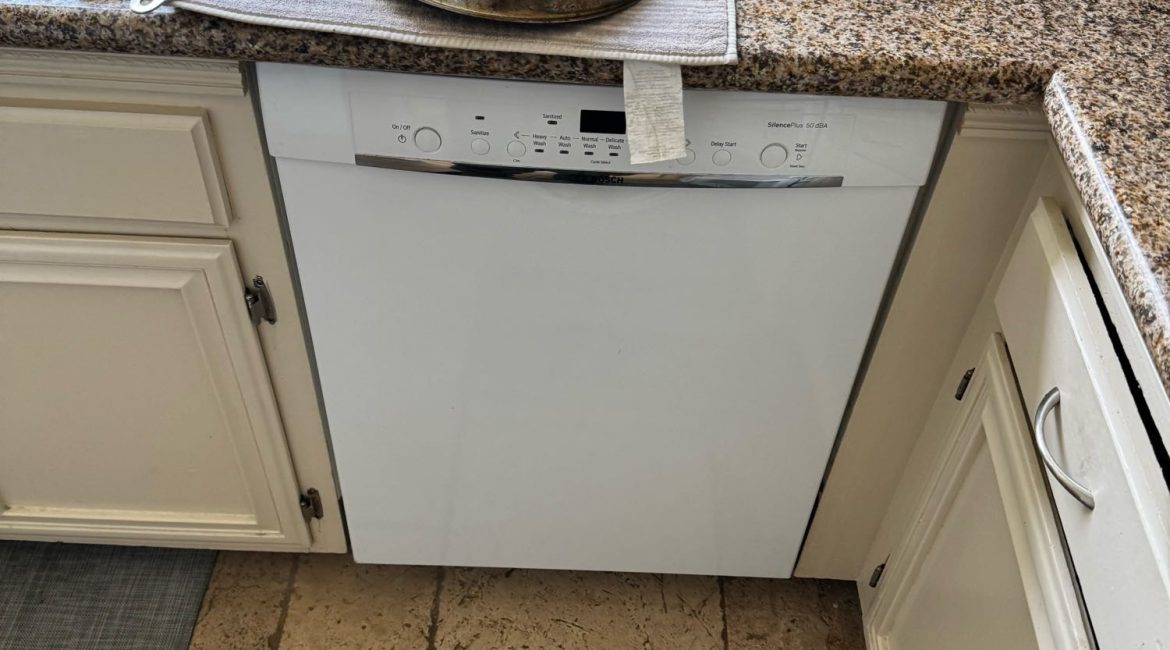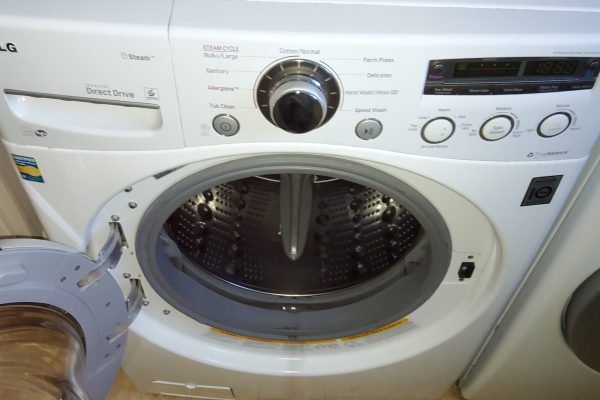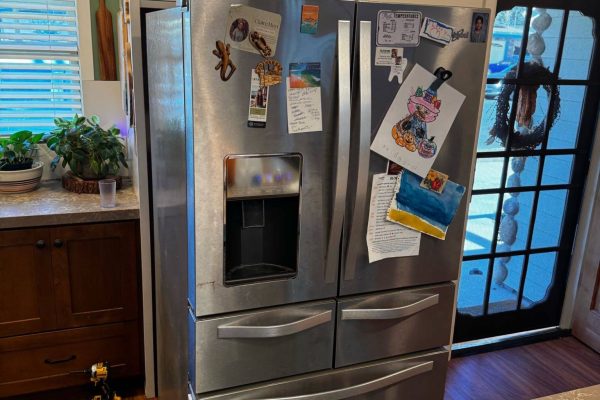Modern dishwashers are designed to make our daily lives more convenient, handling the dirty work while we focus on other tasks. However, when your dishwasher stops drying dishes properly, it can quickly become a frustrating issue. Opening the door after a cycle to find wet dishes or condensation inside the appliance is a clear sign that something isn’t functioning as it should. Two of the most common culprits behind this problem are a faulty heating element and a malfunctioning thermostat. Understanding these components, how they work, and what happens when they fail can help you decide on the next steps to get your dishwasher back to peak performance.
How the Dishwasher Drying System Works
After the wash cycle, most dishwashers use one of two drying methods: heated drying or condensation drying. In heated drying models, a heating element located at the bottom of the dishwasher warms the air inside the tub, allowing moisture to evaporate. In condensation drying systems, the appliance relies on residual heat and the cooler stainless-steel walls of the dishwasher to attract and collect moisture from dishes.
Both methods depend on precise temperature regulation — and that’s where the heating element and thermostat come into play.
The Role of the Heating Element
The heating element is responsible for raising the temperature of the air and water during the final drying phase. When functioning properly, it heats the interior of the dishwasher to help water evaporate quickly from the dishes and the walls of the appliance.
If the heating element fails, the dishwasher cannot reach the necessary temperature to dry effectively. You might notice these signs:
- Dishes come out clean but still wet.
- There’s water pooling on the bottom of the tub.
- The interior feels cool immediately after the cycle finishes.
- The drying cycle takes longer than usual, or there’s no noticeable heat during it.
Over time, heating elements can burn out due to regular wear and tear, electrical surges, or hard water buildup. If the element is cracked, blistered, or shows visible damage, it likely needs to be replaced.
The Importance of the Thermostat
While the heating element provides the necessary heat, the thermostat ensures that temperature levels remain within a safe and efficient range. The thermostat measures the temperature inside the dishwasher and communicates with the control board to regulate the heating cycle.
If the thermostat malfunctions, it might not signal the heating element to activate, or it could shut off the heat too early. This leads to incomplete drying and dishes that stay wet or cloudy from moisture.
Common signs of a faulty thermostat include:
- Inconsistent drying results from cycle to cycle.
- Dishes that are warm but still damp after drying.
- Overheating or burnt odors during the cycle (if the thermostat fails to regulate heat properly).
Thermostats can fail due to age, electrical issues, or exposure to high humidity and detergent residues over time.
Diagnosing the Problem
To determine whether the heating element or thermostat is the issue, a professional technician will typically use a multimeter to test for electrical continuity. If the heating element does not show continuity, it means the component has failed and must be replaced. Similarly, if the thermostat doesn’t show proper readings, it’s a sign of internal malfunction.
While these components are accessible, replacing them safely requires experience with electrical systems and appliance disassembly. Attempting a DIY repair without proper tools or knowledge can result in further damage or even safety hazards.
Other Possible Causes of Poor Drying
While the heating element and thermostat are the most likely causes, other factors can also contribute to poor drying performance, such as:
- Rinse aid dispenser malfunction: Without rinse aid, water won’t sheet off dishes effectively, leaving them wet.
- Blocked vent or fan: In some models, a fan assists in drying; if it’s blocked, air circulation will be limited.
- Low water temperature: If the water entering the dishwasher isn’t hot enough (at least 120°F or 49°C), drying efficiency will drop.
- Overloading or improper loading: Dishes placed too close together prevent proper air circulation, causing moisture to remain trapped.
Preventive Measures
To maintain your dishwasher’s drying performance:
- Regularly check and clean the heating element from mineral deposits.
- Ensure the rinse aid dispenser is always filled.
- Avoid overloading the racks, and leave space between dishes for airflw.
- Run hot water at your kitchen sink before starting the dishwasher to ensure optimal water temperature.
- Schedule periodic maintenance with a qualified appliance technician.
Professional Repair Services
When your dishwasher isn’t drying dishes properly, it’s important to address the issue promptly. Ignoring the problem not only affects your convenience but can also lead to further complications, such as electrical issues or damage to other internal components.
At Oceanside Appliance Service Center, our experienced technicians specialize in diagnosing and repairing dishwasher problems of all types. Whether it’s a faulty heating element, a defective thermostat, or another issue affecting drying performance, we provide fast, reliable, and affordable service to restore your appliance to full functionality.
Don’t settle for half-clean dishes or time-consuming hand drying. Call Oceanside Appliance Service Center today and let our experts handle your dishwasher repair with precision and care.
Contact us


